In the "upstairs" portion of the site, excavations in Units 4 and 6 continued into the deposits beneath Zone 2. In Unit 6, we dealt with a small feature (designated Feature 6) that appeared beneath Zone 2.
A cultural "feature" is basically an immovable artifact -- an "in place" deposit created by human activity. In this part of the world, cultural features include the remains of such things as hearths, storage pits, cooking pits, postholes, burials, etc. Because intact features contain a record of a discrete set of human activities that occurred over a relatively short span of time, they hold valuable clues about what people were actually doing at a site. We love features because they give us specific information that other kinds of deposits cannot.
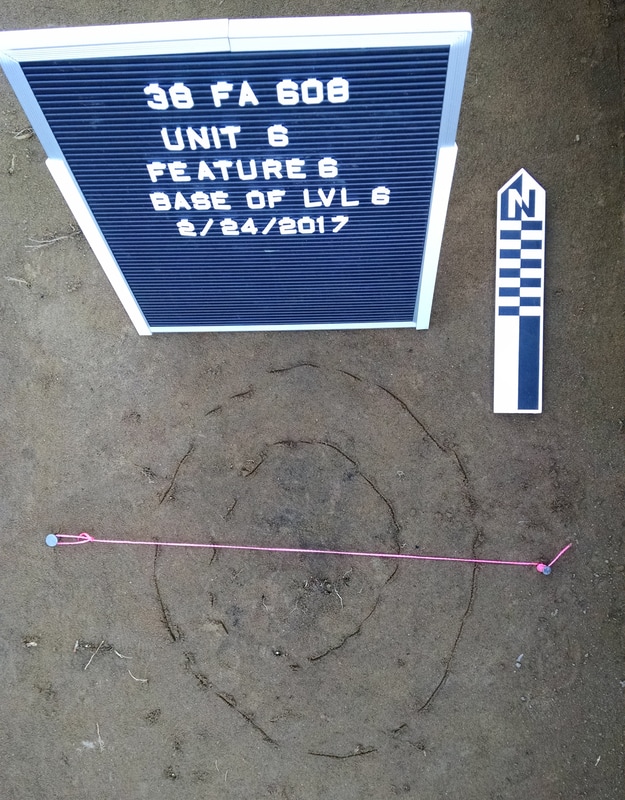
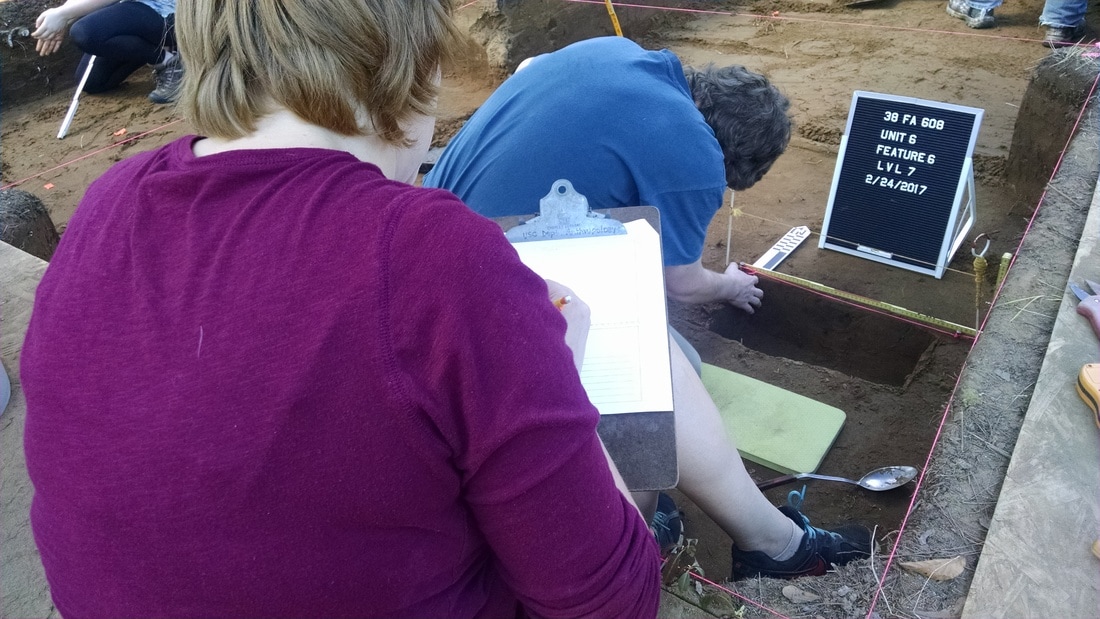
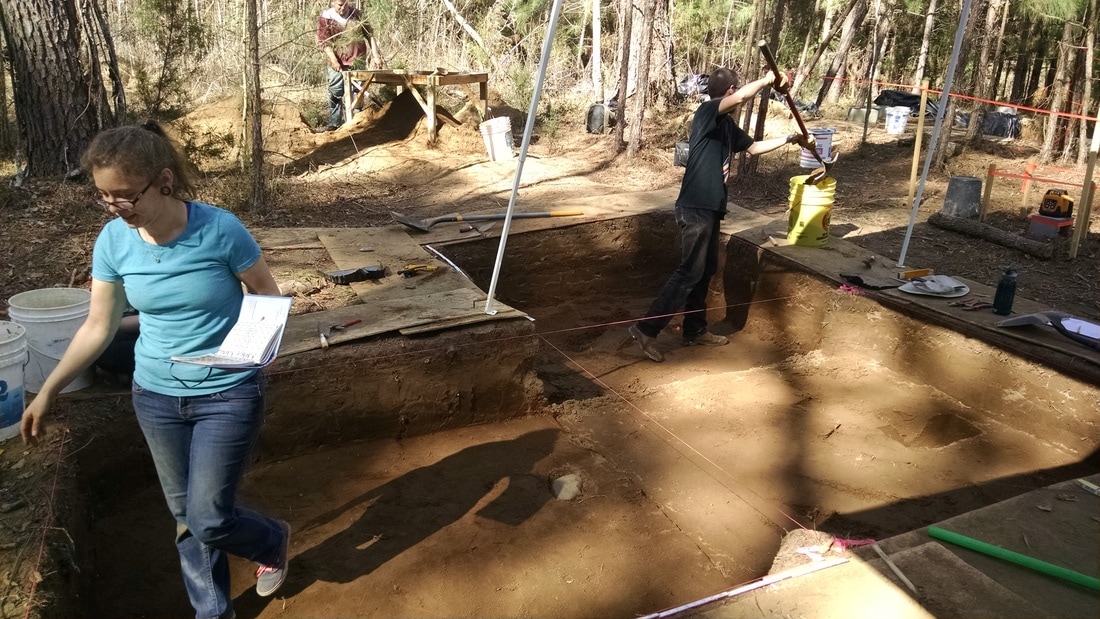
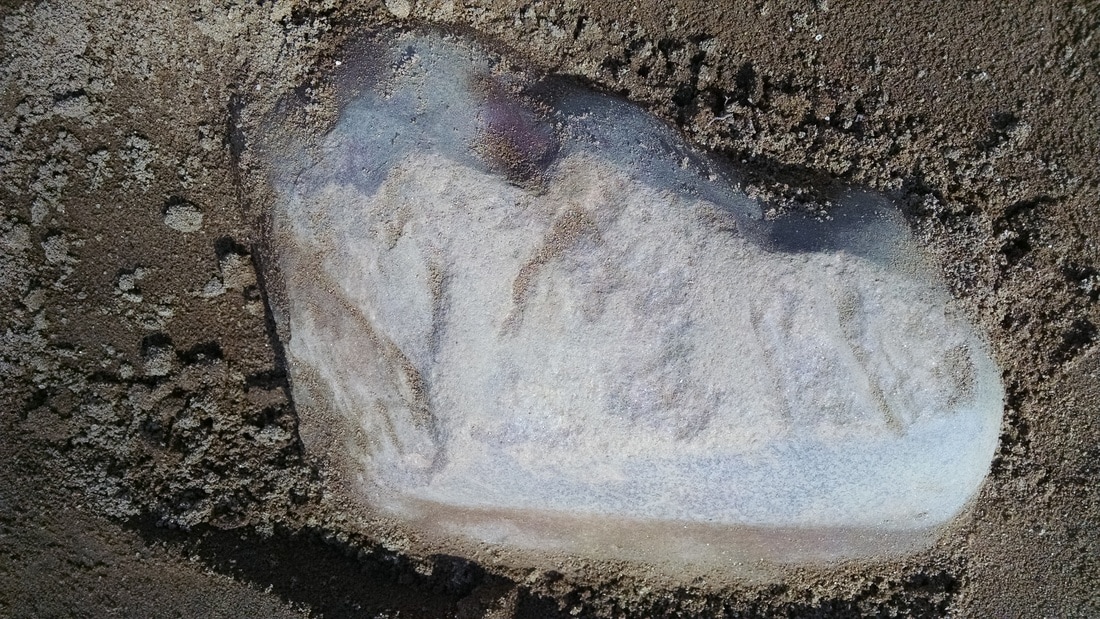
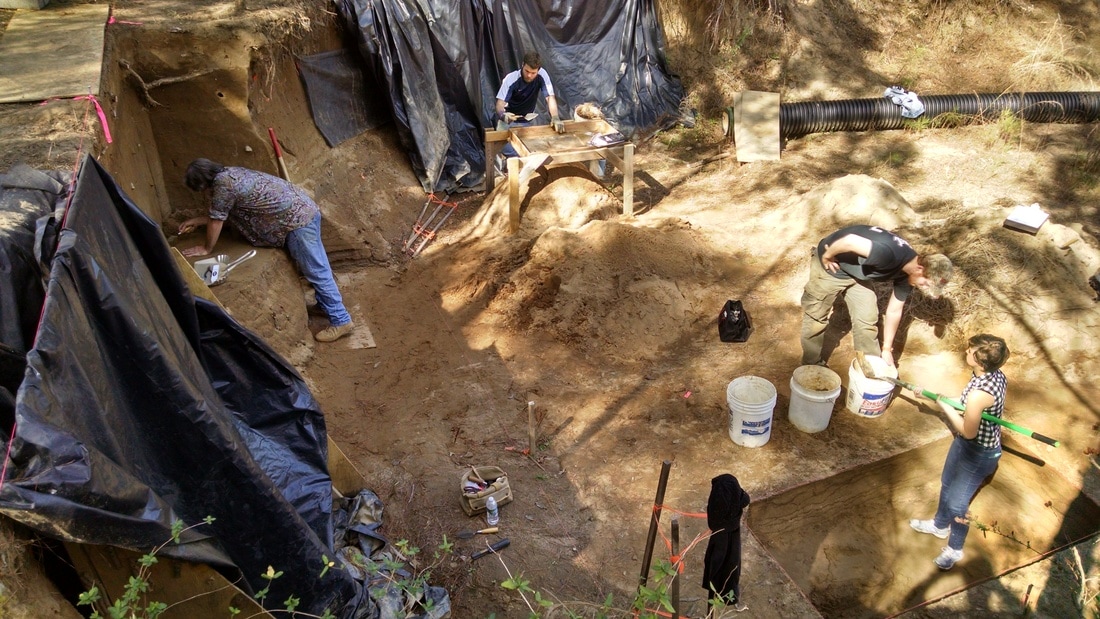


 RSS Feed
RSS Feed
